Indoor LED Screen Case in USA: Elevate Your Church Services
Table of Contents
Introduction
As churches across the USA seek to engage congregations with richer audio-visual experiences, the adoption of LED display technology has surged. Indoor LED screens are now a central feature in worship spaces, transforming the way messages and media are presented.
With vibrant colors, crisp imagery, and flexible screen sizes, these LED screens enable churches to elevate their services. UnifyLED, a leading China-based LED screen supplier, brings its innovative Ehonor Series to U.S. churches, ensuring every sermon and event makes a powerful impact.
Understanding Indoor LED Screens for Churches in the USA
Indoor LED screens have become a staple in U.S. churches, enabling dynamic content delivery and immersive worship. These screens offer broad digital signage potential, accommodating everything from hymn lyrics to video sermons.
Selecting the right LED display depends on factors such as pixel pitch, viewing angle, and integration with the overall worship environment. A key consideration is ensuring that every seat in the sanctuary benefits from sharp, clear visuals, regardless of distance or lighting conditions.
Let’s explore how modern church services have unique requirements that only advanced LED solutions can meet.
Unique Visual Needs of Modern Church Services
Contemporary worship spaces demand more than a simple display—churches need LED solutions tailored to diverse presentations, from sermon slides to live video feeds.
The right screen size is essential, ensuring visibility for all attendees, whether in a compact conference room or a vast sanctuary. Viewing distance directly affects how detailed and immersive the content appears, making it critical to match screen dimensions to the room’s layout.
Various technical differences exist among indoor LED wall panels available in the USA, especially regarding pixel pitch. Lower pixel pitches—like 2.5mm—offer higher resolution, allowing congregants seated near the display to enjoy detailed visuals without seeing individual pixels.
Conversely, higher pixel pitches are suitable for larger rooms with greater viewing distances but may sacrifice some image clarity up close. Churches often weigh these technical variables to provide the best worship experience for every participant.
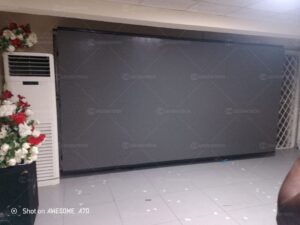
Role of LED Technology in Enhancing Worship Experiences
LED technology has revolutionized the worship experience by delivering high resolution and vibrant visuals that foster engagement and emotional connection. Indoor LED screens provide congregations with a lasting impression, making it easier to follow song lyrics, scripture readings, and presentations.
Video walls in churches also allow for seamless multimedia integration, supporting live feeds, graphics, and announcements with professional clarity.
A real-world example comes from a church in Texas, where a UnifyLED Ehonor Series screen transformed communication during services. The church noted increased participation and improved attention as members could easily see every detail, regardless of seating.
As one worship leader said, “When technology supports the message, the impact on the community is immediate.” This success reflects client testimonials across the USA, demonstrating how the right LED solution can elevate spiritual gatherings and modernize church environments.
Types of Indoor LED Screens Commonly Used in U.S. Churches
U.S. churches utilize various types of LED displays to match their space and communication needs. Popular options include fixed indoor LED screens, modular LED modules, and LCD video walls for digital signage.
Each solution offers distinct advantages:
LED modules allow for scalable installations, while LCD video walls offer cost-effective alternatives for informational displays. Choosing between these technologies depends on required screen size, resolution, and flexibility, ensuring the worship experience remains inclusive and visually compelling.
Next, let’s dive deeper into the differences between rental and fixed installations, as well as pixel pitch variations.
Fixed Installation vs. Rental LED Screen Panels
Fixed indoor LED screens are designed for permanent setups, providing reliable performance in worship spaces, conference rooms, and public venues. Their installation ensures consistent visual quality, essential for recurring services and events.
In contrast, rental LED screens offer flexibility for churches hosting special events or needing temporary displays in different locations. Rental solutions are typically more robust, featuring quick-lock mechanisms and reinforced frames to withstand frequent transport and setup.
Indoor LED display cases play a crucial role in protecting and transporting these screens—particularly for rental use. Flight cases, equipped with foam-lined interiors and sturdy exteriors, shield LED panels from shock and vibration during transit.
These protective cases are especially vital for mobile ministries or multi-campus churches, ensuring equipment longevity and minimizing downtime. Ultimately, fixed and rental LED screens each serve unique purposes, based on the church’s operational needs.
Pixel Pitch Variations and Their Best Use Cases
Pixel pitch directly determines an LED screen’s resolution and its optimal viewing distance. Choosing the right pixel pitch ensures clear, immersive visuals tailored to your congregation’s needs. For churches, common pixel pitch options include:
2.5mm: Delivers high pixel density, ideal for close viewing in medium-sized sanctuaries.
3.91mm: Balances affordability and resolution; suitable for larger rooms where attendees sit further from the screen.
P4.81 and above: Best for expansive venues, where seats are farther from the display, trading off some image sharpness for reduced cost.
Selecting the right pixel pitch depends on your space’s dimensions and the viewing distance. Lower pixel pitches preserve image detail even up close, perfect for main sanctuaries or conference rooms.
Higher pitches are more cost-effective for larger areas but may not deliver the same crispness at close range. Understanding these technical differences empowers churches to make informed choices in LED screen investment.
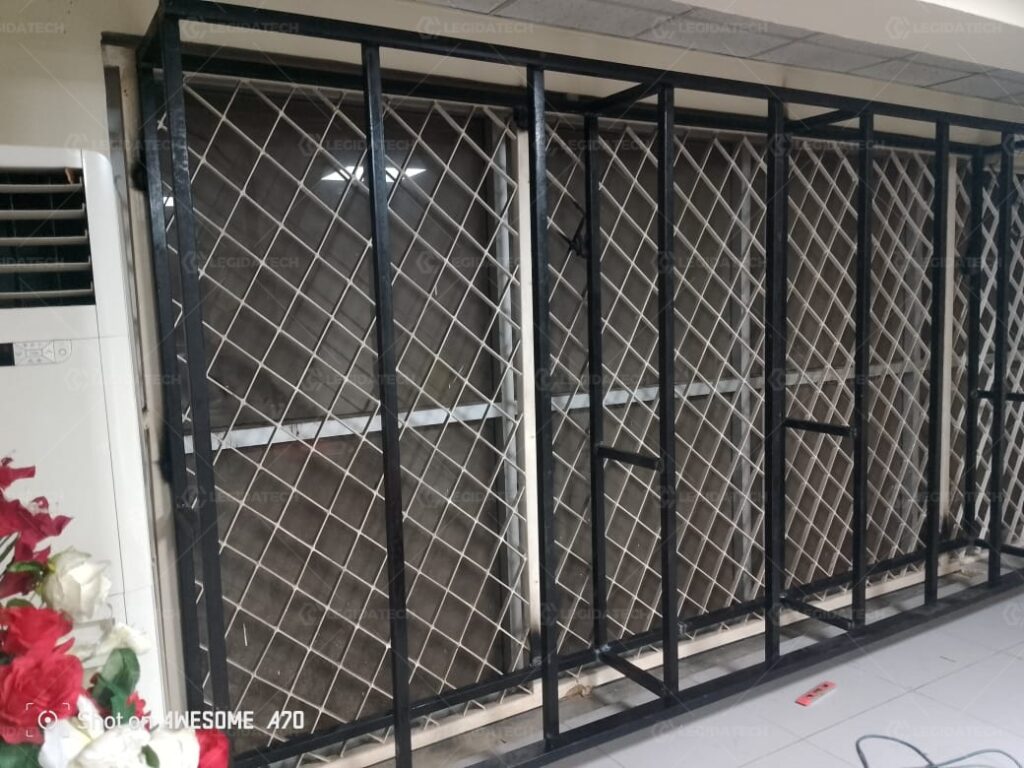
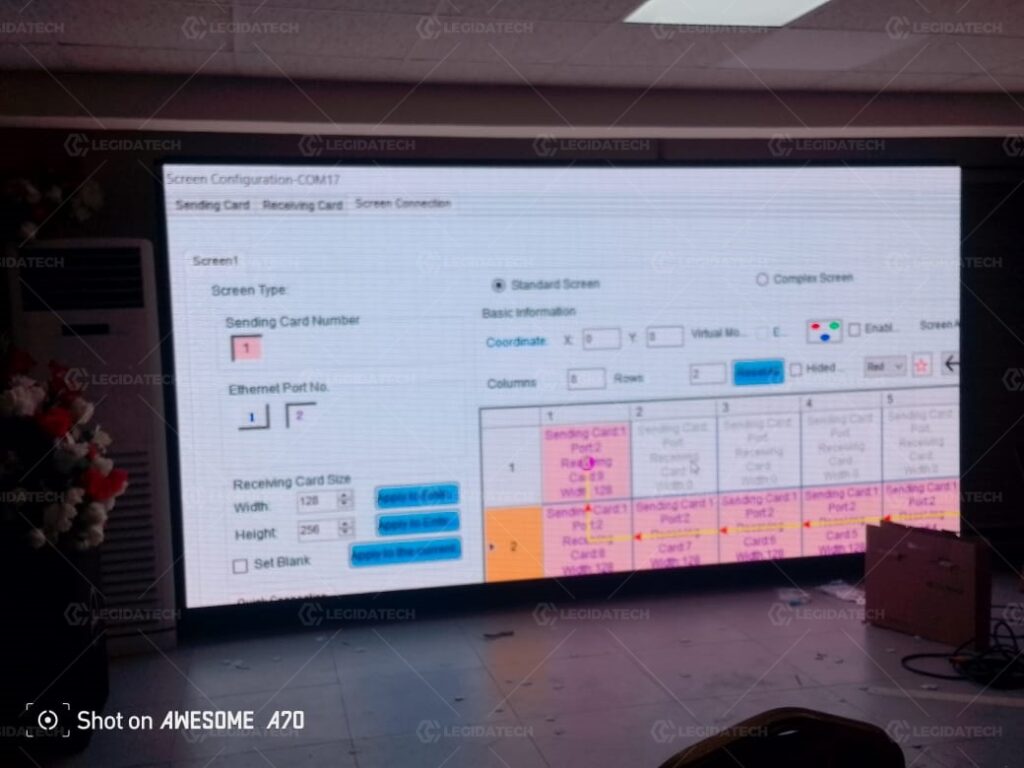
Key Specifications of Unify’s Ehonor Series Case
Unify’s Ehonor Series stands out with a cabinet size of 480320mm and a full screen dimension of 3.84 x 2.4m, making it an excellent fit for indoor led applications in U.S. churches. This model uses a 2.5mm pixel pitch, ensuring high pixel density for detailed visuals, even at shorter viewing distances.
The modular LED display design allows easy assembly, efficient maintenance, and seamless integration into various sanctuary layouts. Below is a detailed table outlining key specifications and use cases.
Specification | Ehonor Series (UnifyLED) |
|---|---|
Cabinet Size | 480 x 320 mm |
Full Screen Size | 3.84 x 2.4 m |
Pixel Pitch | 2.5 mm |
Application | Indoor church, conference room |
LED Module Type | Magnetic, modular |
Key Features | High resolution, quick installation |
Best Viewing Distance | 2-10 m |
Use Case | Worship, presentations, digital signage |
Cabinet Size, Screen Dimension, and Pixel Pitch Explained
The Ehonor Series features a compact cabinet size of 480320mm, allowing for flexible and space-saving installations in churches of all sizes.
This modular approach means each LED module can be easily handled, maintained, or replaced as needed—reducing downtime and maintenance costs.
The complete screen dimension of 3.84 x 2.4m provides ample display area for lyrics, videos, and live feeds, ensuring that every member of the congregation enjoys a superior viewing experience.
Pixel pitch is crucial in determining image clarity. With a 2.5mm pixel pitch, the Ehonor Series offers high pixel density—displaying detailed, vibrant content even when viewed from a short distance. This makes it suitable for both intimate conference rooms and expansive sanctuaries.
Compared to screens with larger pixel pitches, the 2.5mm option is ideal for applications where audience members are close to the display and demand crisp, legible visuals.
How 2.5mm Pixel Pitch Improves Viewing for Congregations
The 2.5mm pixel pitch in the Ehonor Series delivers remarkable pixel density, ensuring images and text remain sharp and vivid across the screen. This level of detail is especially important in worship settings, where attendees may sit just a few feet from the display. By optimizing pixel density, the screen maintains high resolution, even for intricate graphics or small text.
Optimal viewing distance is a primary factor—at 2.5mm, the best results are achieved when viewers are 2 to 10 meters away. This range aligns with typical church seating layouts, allowing everyone to clearly see displayed content from front to back rows.
Compared to larger pixel pitches, which can appear pixelated up close, the 2.5mm pitch guarantees a seamless image. For congregations, this means a more engaging and distraction-free worship experience, where every visual element supports the message.
Critical Factors to Consider When Choosing an Indoor LED Screen
Selecting the right indoor LED screen involves balancing technical factors and church-specific needs. Consider the screen size, pixel pitch, optimal viewing distance, and layout of your sanctuary or conference room. The right LED solution should offer high resolution for close-up viewing, flexible installation options, and reliable performance.
Understanding these crucial elements ensures your investment delivers clear communication, enhances visual engagement, and leaves a lasting impression on your congregation.
In the next sections, we’ll discuss how to balance screen size, viewing distance, and installation requirements.
Balancing Screen Size with Church Layout and Viewing Distance
Church layouts vary widely, affecting the choice of screen size and positioning. To achieve the best results with an indoor LED screen, evaluate where your congregation sits and how far they are from the display.
A larger screen ensures visibility in bigger sanctuaries, while a more compact solution may suit conference rooms or chapels with limited space.
For example, a screen measuring around 5 meters wide, like theUnify Ehonor Series, accommodates most mid-sized churches—ensuring content is visible from every angle.
The optimal viewing distance depends on pixel pitch; for a 2.5mm pitch, viewers can be seated as close as 2 meters without noticing individual pixels.
When choosing your configuration, consider not only the size but also how the screen integrates with lighting, acoustics, and stage design. Leading brands like Planar, LEGIDATECH and Unify are recognized for offering versatile solutions that adapt to different church environments and layouts.
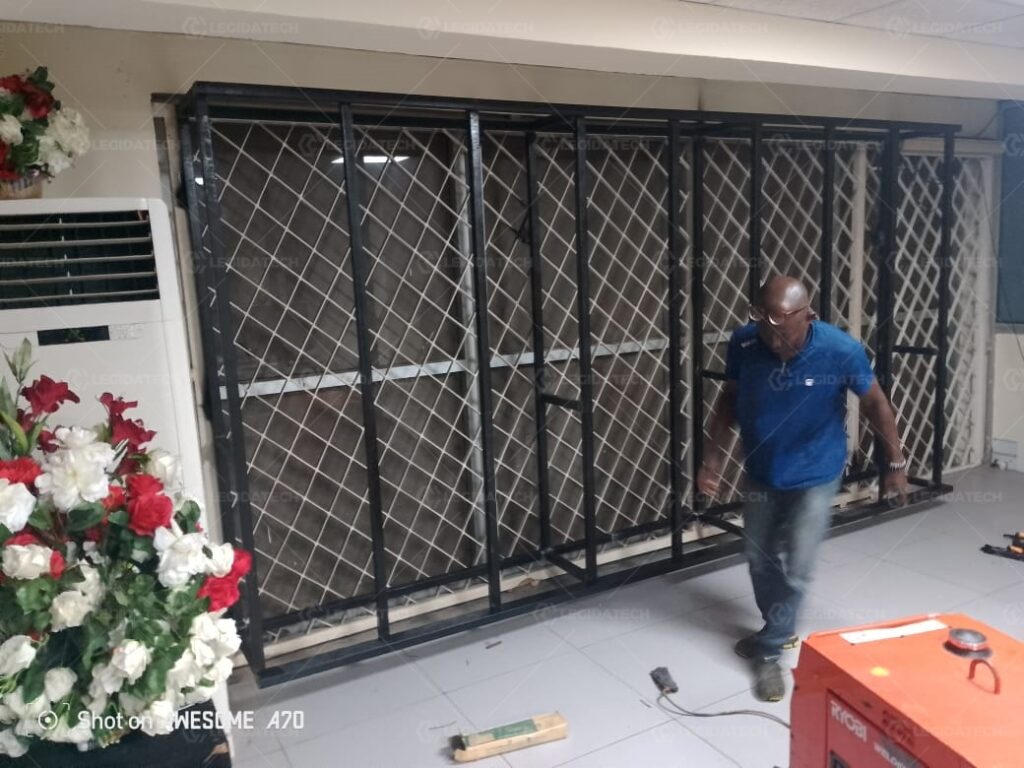
Comparing Resolution, Brightness, and Installation Requirements
When evaluating indoor LED screens, compare resolution, brightness, and installation logistics for the right fit:
Resolution: Higher pixel density yields sharper visuals; a 2.5mm pixel pitch outperforms larger pitches for text and detailed graphics.
Brightness: Indoor LED screens typically range from 500 to 1,000 nits, providing clear visibility without glare—even under church lighting.
Installation Requirements: Magnetic modules, lightweight cabinets, and front-service designs simplify setup and reduce long-term maintenance needs.
Integration: Ensure compatibility with your AV system and easy access for future upgrades or repairs.
Selecting screens with high resolution and brightness guarantees engaging visuals, while considering installation requirements ensures a smooth deployment.
Careful attention to these factors will help you avoid common issues, such as uneven illumination or difficult maintenance, leading to a successful and enduring LED display solution for your congregation.
Conclusion
In conclusion, investing in an indoor LED screen, such as the Ehonor series from UnifyLED, can significantly elevate the worship experience in U.S. churches.
These screens cater to the unique visual needs of modern services, ensuring that congregations can engage with the content being presented.
With specifications like a cabinet size of 480*320mm and a pixel pitch of 2.5mm, your church can achieve enhanced clarity and vibrant displays that captivate the audience.
Choosing the right screen involves considering factors like layout, viewing distance, and installation requirements. If you’re ready to transform your church environment and boost engagement during services, reach out to us for a free consultation to explore your options.
Frequently Asked Questions
How much does it cost to install an indoor LED screen in a U.S. church?
The cost of installing an indoor LED screen in a U.S. church varies widely, typically ranging from $20,000 to $80,000 or more. Factors influencing price include screen size, pixel pitch, resolution, and installation complexity. High-resolution LED screens for commercial advertising or large sanctuaries may cost more.
What are the best practices for maintaining LED screens in church environments?
To maintain your LED display, regularly dust the screen, inspect modules and connections, and ensure proper ventilation. Schedule periodic maintenance to prevent downtime and preserve high brightness and clarity. Routine care extends the lifespan and ensures your indoor LED leaves a lasting impression for every service.
Are there real-world examples of successful church LED screen installations in the USA?
Yes, many U.S. churches have upgraded to LED display solutions—such as the UnifyLED & LEGIDATECH Ehonor Series—for digital signage, worship visuals, and event messaging.
These installations, often showcased at trade shows and through LED poster displays, have improved participation and enabled creative communication in church environments.
Recommend Products
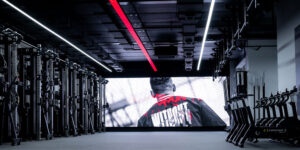
Indoor LED Screen Case in USA: Elevate Your Church Services
Indoor LED Screen Case in USA: Elevate Your Church Services Home Table of Contents Introduction As churches across the USA

Synchronous Playback for LED Displays
Synchronized Playback for LED Displays Home Table of Contents Synchronized Playback for LED Displays After an LED display is configured,
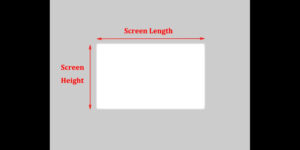
LED Display Basic Calculations
LED Display Basic Calculation Home Table of Contents Power Consumption Calculation In LED display related engineering projects, the power consumption of
